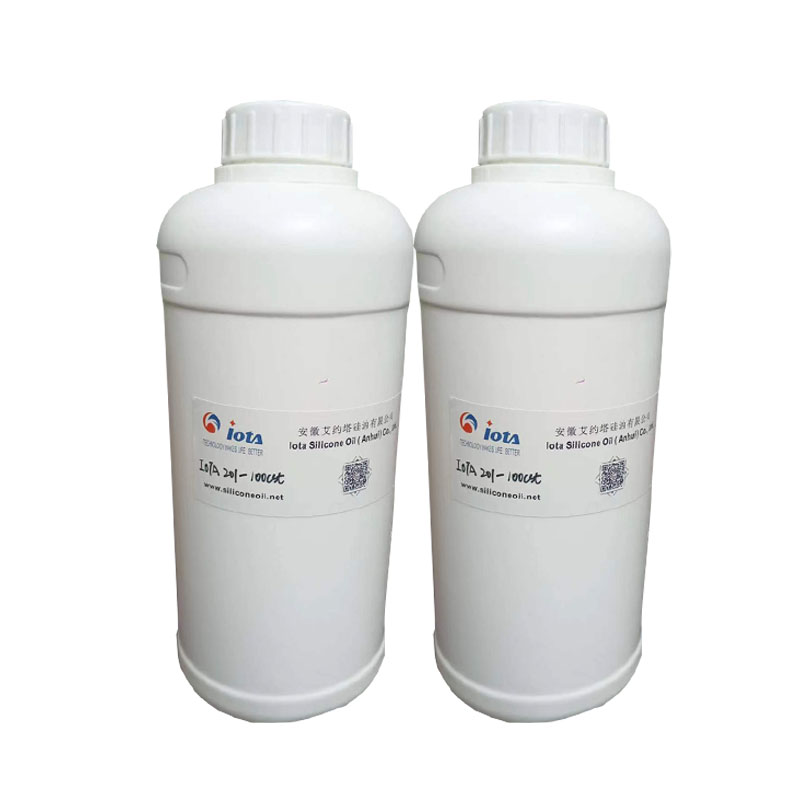Recently, the two giants in the
silicone industry announced the appointment of a new chairman and president, which undoubtedly injects new vitality and expectations into the industry. At the same time, the entire silicone market is experiencing an unprecedented wave of price increases, DMC、 The prices of key products such as raw rubber and
107 rubber have risen one after another, creating a tense and enthusiastic market atmosphere.
This personnel adjustment is seen as an important measure for the two giants to respond to market changes and promote strategic transformation. How new leaders will lead the company to achieve breakthroughs in the new market environment has become a focus of attention in the industry. The rise of price hikes is closely related to the current supply and demand pattern of the silicone market. The individual factories plan to take turns in maintenance to demonstrate their determination to raise prices. This strategy has successfully stimulated the market to receive a wave of new orders and significantly alleviated inventory pressure.

However, the willingness of mid to downstream enterprises to continue pursuing high prices is not high. Faced with constantly rising prices, they tend to wait and see when the market trend becomes clearer before making decisions. Therefore, next week's
organic silicon market may mainly focus on digesting the gains of this round, and the overall operation tends to be stable.
It is worth noting that this price increase is not entirely driven by demand. Upstream enterprises have formed a consensus on profit return and reached an agreement on "self-discipline production reduction", hoping to stabilize supply and demand balance and promote market optimization by reducing operating rates. In the short term, DMC prices will remain between 13400-13800 yuan/ton, with transactions mainly focused on small orders for essential needs.
From a cost perspective, production is mainly concentrated in large factories in the north, and recently some silicon factories have added new production capacity to the market. This makes it difficult to change the expectation of loose supply. On the demand side, polycrystalline silicon maintains low load operation, while
organic silicon monomer devices show a downward trend. Overall, it is difficult to dispose of industrial silicon inventory. Although the market has been slightly affected by the upper level "anti internal competition" policy, the weak demand side is difficult to support the rebound of silicon prices.
In this context, the future trend of the silicone market is full of uncertainty. However, no matter how the market changes, enterprises need to remain calm and rational, actively respond to challenges, and seek development opportunities.
